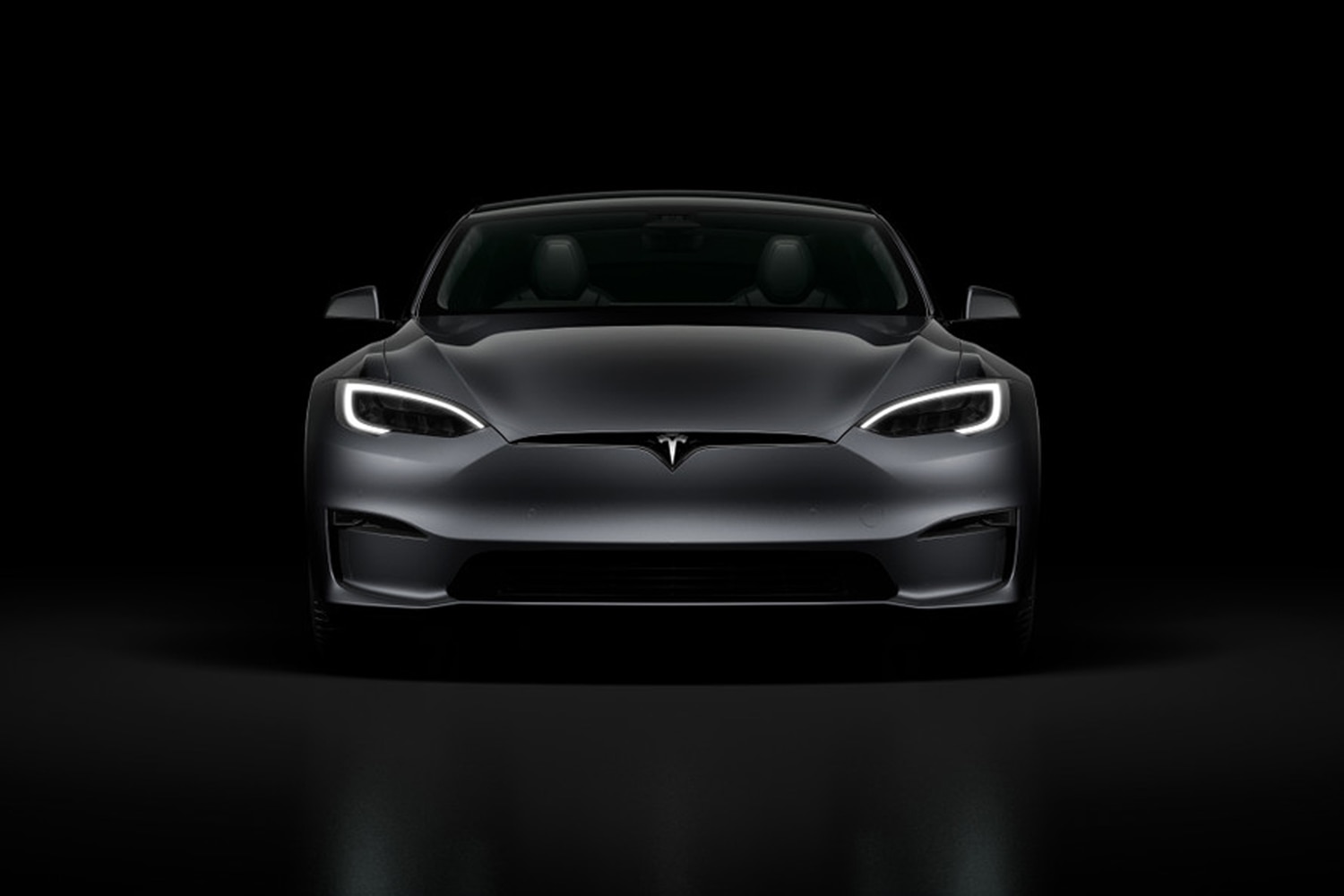What Is Tesla Autopilot?
This advanced driver-assistance system helped Tesla build its name, but what can (and more importantly can’t) it do? We lay it out for you.
 Tesla
Tesla
What Does Tesla Autopilot Do?
Though its capability has changed over the years, Autopilot currently consists of two active driver aids: adaptive cruise control and Autosteer. The first allows the car to brake and accelerate without the driver’s input. The second controls the car’s heading, guiding the steering wheel to follow the lane lines on the highway. However, the system requires drivers to keep their hands on the wheel at all times. Break that rule and the car will give you a warning before eventually coasting to a stop if you don’t respond.
How Does Tesla Autopilot Work?
Autopilot relies on a combination of ultrasonic sensors and cameras — and in some models, radar as well — to monitor its surroundings and follow lane lines. Tesla has the ability to control the capabilities of the system by means of over-the-air updates, a once-novel concept that many rivals have since adopted.
How Does It Differ From the Competition?
This system, which arrived in 2014 on the Model S but remained inactive until 2015, changed the game and made Tesla a household name. It excited the driving public, giving people their first taste of what vehicles could do with limited driver involvement. Its success inspired other companies to develop their own equivalents. For instance, General Motors now has Super Cruise and Ford has BlueCruise, both of which perform the same braking, accelerating, and steering functions as Autopilot on select highways, yet they go a step further and allow drivers to remove their hands from the wheel. Super Cruise and BlueCruise have employed in-car driver-monitoring systems from the start, whereas Tesla is only now installing cabin cameras in cars to ensure drivers remain alert.
That doesn’t mean Tesla has fallen behind, though. The automaker continues to build off its basic Autopilot tech and now bundles a lot of innovative features — such as automatic lane changing, parking, summoning, and traffic-sign recognition — in its Full Self-Driving (FSD) package. Despite the name of this system, it still requires an attentive driver with hands on the steering wheel.
How Much Is It?
As of October 2016, Tesla includes Autopilot free of charge on every new model, which is notable, seeing as Ford and General Motors require customers to either option their tech suites or select a high trim level where they’re standard. If you want all the bells and whistles of Tesla’s Full Self-Driving package, however, you’ll have to pay a one-time fee of $12,000, or a monthly subscription fee of $99 or $199, depending on what version of Autopilot your vehicle has.
Written by humans.
Edited by humans.
 Carl Malek
Carl MalekCarl Malek is an automotive journalist with more than 10 years of professional experience. He covers all aspects of the automobile industry but specializes in vehicle reviews and industry analysis with strong knowledge in both fields. When he is not writing, he enjoys spending quality time with his wife Emily and being involved in other family activities.
Related articles
View more related articles